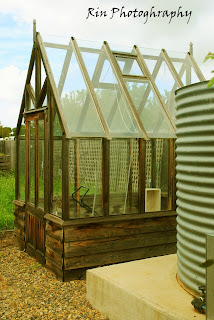
Wednesday, May 5, 2010
Monday, May 3, 2010
Friday, April 23, 2010
national portrait gallery

Future Australian 2009,
by Robin Sellick.
I believe that this portrait should not have been in the finalist's as it seems to be a simple image, to me it looks like very little thought and effort has been put towards the image layout and structure.
I cant picture what this Man may be thinking or even felling which makes me feel as though it shouldn't have been in the gallery.
The difference between my selection of the "winner" and this image is a big difference, the "winner" seems to have alot of thought into the image and this one not to so much.
national portrait gallery

Sunday, April 11, 2010
national gallery of Australia

Piccinini's work often anthropomorphises inanimate objects and presents them with a high degree of industrial finish, revealing the equal influence of 19th Century Surrealism and 20th Century advertising.
Piccinini works with several fabricators to produce her works.
national gallery if Australia

born 1953 Sydney, New South Wales, Australia
England, Europe 1976-78
United States 1979-82
Paradisus Terrestris 1989-90
twenty-three sculptures from the series
Wednesday, April 7, 2010
Monday, April 5, 2010
Sunday, March 28, 2010
queenb
Wednesday, March 10, 2010
civic photographs
.JPG)
Wednesday, February 24, 2010

Tuesday, February 23, 2010

When your assigned to take photographs at the Botanical Gardens your eyes run wild towards plants, trees, lizards etc, yet i saw a barbwire fence and took the opportunity o capture a strong image like this one.
This image was taken with the direct sunlight comming from my side as you can see within the shadows of the image on the wooden fence pole.
Having the foreground in focus it is helping to display the texture with in object in the image which is our main focus.
I also have a passion for vanishing points within my photographs which i believe gives a different aspect towards all photographs.

Monday, February 22, 2010
 When you first look at this image you may think "what on earth is that?"
When you first look at this image you may think "what on earth is that?"It's in fact a mouse skull which i found during my adventure at the Botanical Gardens.
I particularly like this image as it captures a sense of belonging within the native culture of animals and their lives.
The focus is sharpened mainly on the centre of the image and the skull as it is the main point within the photography, and the point which captures your attention.
i would have to say that this is my favouriteimage of the whole day.
























.JPG)
.JPG)


.JPG)



